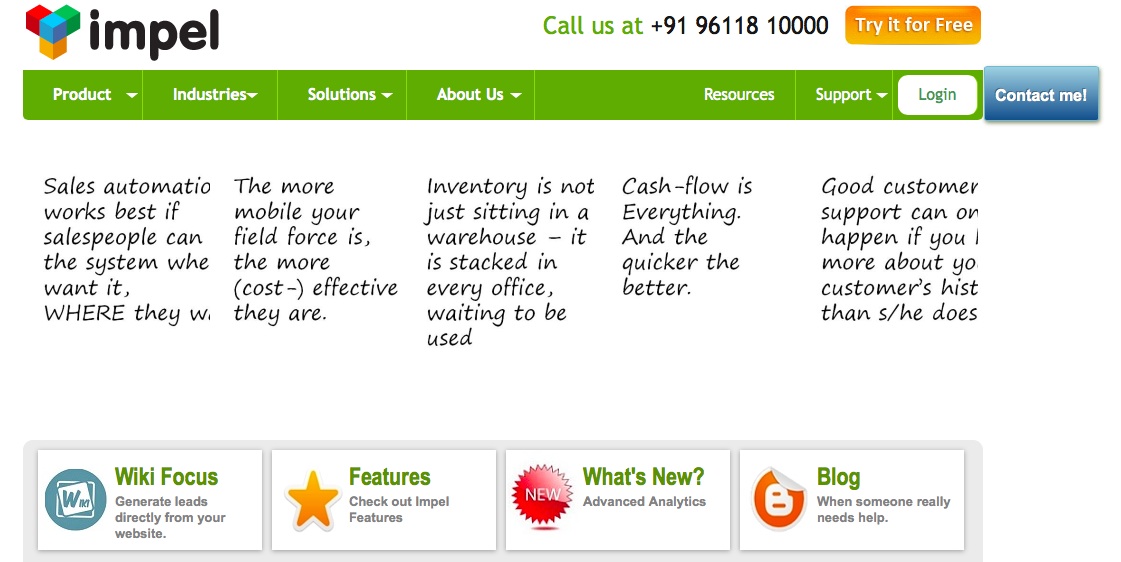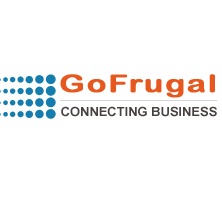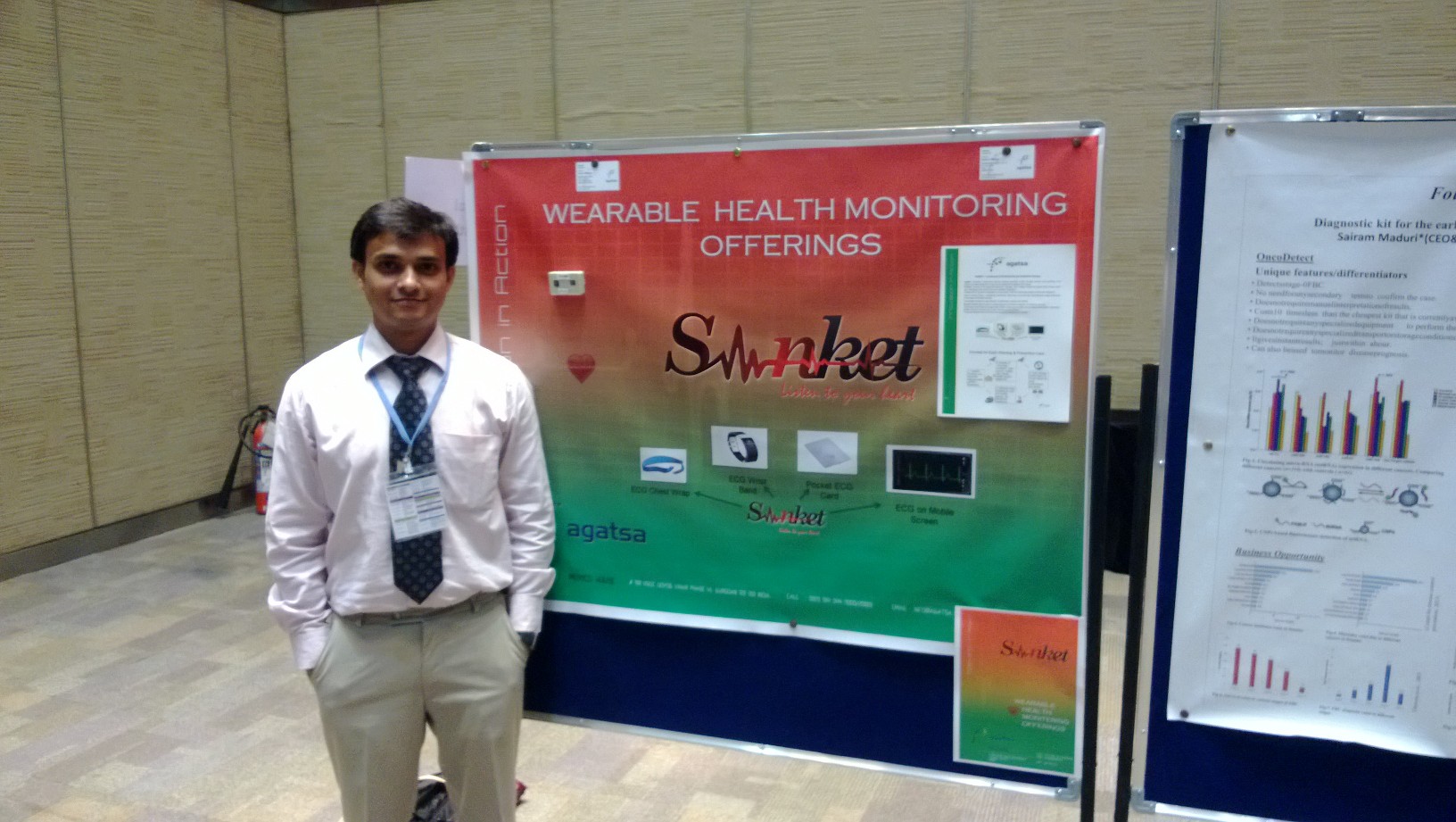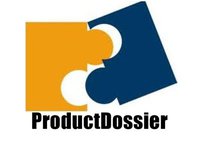2 week back, Rohan, Madhav, Milind and I graduated successfully from a first of a kind program, called ‘ArthaSiddhi’. This activity based program was conceived with the intent of imparting life skills to pre-entrepreneurs. The objectives of the program were to get participants to understand what it would take for them to embark on the entrepreneurial journey. Further, through various activities along the course, the capabilities of participants were assessed against the necessary and sufficient entrepreneurial skills that are required to start up.
Manjula, Prasanna and Rajan, the iSPIRT anchors of this program co-created these sessions under the guidance of Prof. Saras Sarasvathy. The course was designed based on the principles of effectuation, which is a way of thinking, discovered through scientific research, used by expert entrepreneurs to build successful ventures.
This program was very different and effective from the many offerings and public information that exists related to pre-entrepreneurship. This program was about participants getting aware about the process of entrepreneurship and intrinsic skills that would help entrepreneurs navigate the difficult situations. There was accelerated learning on many aspects of entrepreneurship, the key ones are highlighted below:
Examination of the behavioral side of yourself – to assess your readiness to take the entrepreneurial plunge
The first session of this program began by asking the participants to obtain INR 1000 from a third party, by convincing that person to support the participant on their entrepreneurial journey. This exercise led to discovery of one’s abilities and inhibitions as participants reported of different experiences in their attempts to complete this activity. The effectual principle of bird-in-hand was explained at this juncture, enabling the participants to discover who they are, what they know and whom they know.
Madhav, one of the successful graduates says that when you are asked to raise money from strangers whom you don’t know, when you attempt asking them and when you actually ask – all these chain of events provide a very different experiential insight about you as a person, which you have never realized. It makes you look back into you as a person (character), help you identify, acknowledge and mold your outlook as per your need. It was just the challenge of experiencing uncertainty and trying to cope with it. He further states that this course has helped in various explicit areas as well many more implicit areas which he probably don’t even realize now. Many of the times learning are just imbibed without we actually realizing it. This has changed me as person and my approach towards any of the activity.
Milind, a serial entrepreneur and another successful graduate of the program says that he had thought that he was a failure and had lost hope, when one of his startups did not work as he planned. However, on account of this training for the emotional part of being an entrepreneur, he got time to delve on understanding who I am, what am I bringing on the table and what more needs to happen.
Rohan feels that regular, small wins help keep the morale and build momentum. As a part of the group, it feels amazing to share a win and equally motivating to see anyone else achieve a win. He says that this sort of interaction really generates a lot of positive energy and brings momentum to one’s own tasks.
Key facts about this program
How will this help?
Through this course, the effectual way of working will be imbibed in practice rather than just theorizing the concepts. It will help participants to make the ‘asks’ much easily than what it would have taken to do so otherwise. The format of the course, where multiple smaller goals with targets being set and working towards it even when you are not sure of the actual final targeted goal is something very unique. This will help in realizing that entrepreneurship is not as cool thing as is thought from outside.
Who should attend this program?
Any person interested to consider entrepreneurship as a career option is most welcome. Those who are considering to start up or those who are in early stages of setting up their startups will benefit the most. However, there are a few takeaways on effectual decision making for the late stage entrepreneurs too.
The other key aspect that is unique in this program is about the heterogeneity of participants. There were college kids just completing their education and wanting to startup at one end, while at the other end, there were entrepreneurs who had done a series of startups, both successful and unsuccessful. A lot of participants were in between these two extremes.
Since many of the participants were at different phases of their entrepreneurship journey, the experiences with respect to problems, approaches, learning, solutions, etc. make us more informed about the new possibilities which awaits us with respect to limitations as well as possibilities.
What were the outcomes from this program?
Here is what some of the participants had to say as their key takeaways from the 10 week program:
- Gave me a great understanding of the concept of affordable loss and also the courage to be an ASK person.
- As kids asking came naturally but somewhere down the education and corporate job, we forget how to do that. Learning to ask and getting commitment which every entrepreneur needs to be able to do is now slowly happening.
- Typically I used to manage multiple activity and keep trying in a very haphazard way. This program has taught me how to find the few relevant activity in a very analytical manner and then focus.
- It has brought in more clarity on how to go about the entrepreneurial tasks, and how to interpret signals from others (potential customers, other stakeholders) and use them to your advantage in an effectual way.
- I would say the ASK framework provided me with a profound understanding of what happened with me since the past year – and how I should be prepared going forward. This insight and preparedness to pursue entrepreneurship is what I think this program helped me with, which I would not have thought or would have learnt it the hard way otherwise.
- Definitely helped to apply the effectual principles. Concepts like affordable loss and co-creation are very easy to read but discussing different contexts in which you apply in real life are making a big difference. I did not buy into the effectual principle before (probably due to an mba !) but hope to become a practitioner.
If you or any of your acquaintances you know can benefit from the above program, please suggest/refer them to the second batch that is about to begin shortly. Please sign up using the link: http://goo.gl/forms/qK2qRl4kRG
Follow what the anchors of this program had to say about us at: https://pn.ispirt.in/kicking-off-the-second-edition-of-pre-entrepreneur-boot-camp-arthasiddhi/ and https://pn.ispirt.in/launching-ispirt-pre-entrepreneur-program/


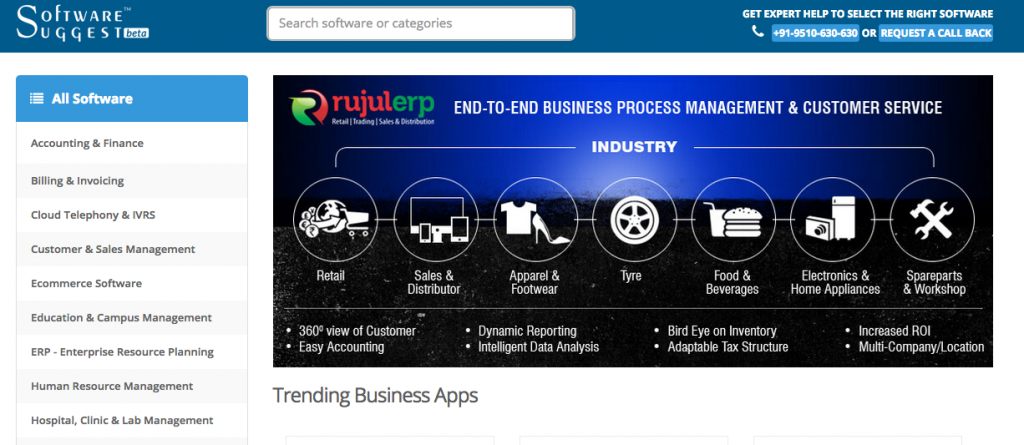

 We have had both good and bad experiences as we started to work full time on this product. The good part is that we have been continuously getting positive feedback on the features and utility of our product from our customers. Early adopters have given us constructive feedback on how things can be improved further – and we have been at it.
We have had both good and bad experiences as we started to work full time on this product. The good part is that we have been continuously getting positive feedback on the features and utility of our product from our customers. Early adopters have given us constructive feedback on how things can be improved further – and we have been at it.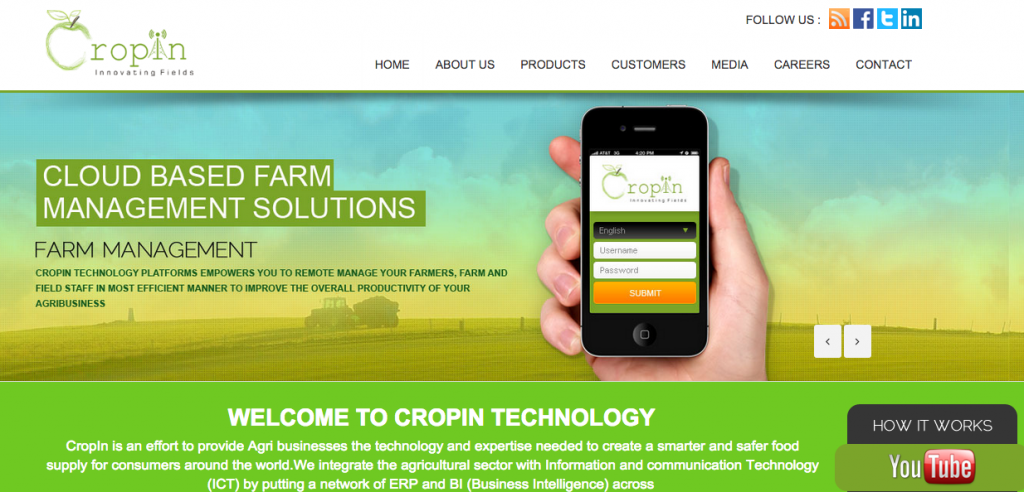 You started your career with an MNC company. What prompted you to start Cropin? Did your work experience help you after you set up Cropin?
You started your career with an MNC company. What prompted you to start Cropin? Did your work experience help you after you set up Cropin? The idea of Zepo.in came as a result of some challenges I faced during my previous stints of managing a T-shirt business and a startup. In particular, while I was running the T-shirt business, I realized how difficult it was for small businesses like us to get online and sell to the Indian market. We got fooled by a web developer who charged us a bomb and came up with a crappy website, we had to shell out huge percentage of our sales to payment gateways, and we did not have the right logistics support to help us deliver our products to our customers on time, to name a few.
The idea of Zepo.in came as a result of some challenges I faced during my previous stints of managing a T-shirt business and a startup. In particular, while I was running the T-shirt business, I realized how difficult it was for small businesses like us to get online and sell to the Indian market. We got fooled by a web developer who charged us a bomb and came up with a crappy website, we had to shell out huge percentage of our sales to payment gateways, and we did not have the right logistics support to help us deliver our products to our customers on time, to name a few. Sure. I think there have been lots of good things that have happened since we decided to start Zepo.in. The first thing that comes to my mind is that, before even we formally started off our operations, we had 6 customers who had already given us post dated cheques – just by listening to what we were building. This gave us validation from the customer end – also helped us to tweak our offering better based on the initial set of feedback.
Sure. I think there have been lots of good things that have happened since we decided to start Zepo.in. The first thing that comes to my mind is that, before even we formally started off our operations, we had 6 customers who had already given us post dated cheques – just by listening to what we were building. This gave us validation from the customer end – also helped us to tweak our offering better based on the initial set of feedback.





